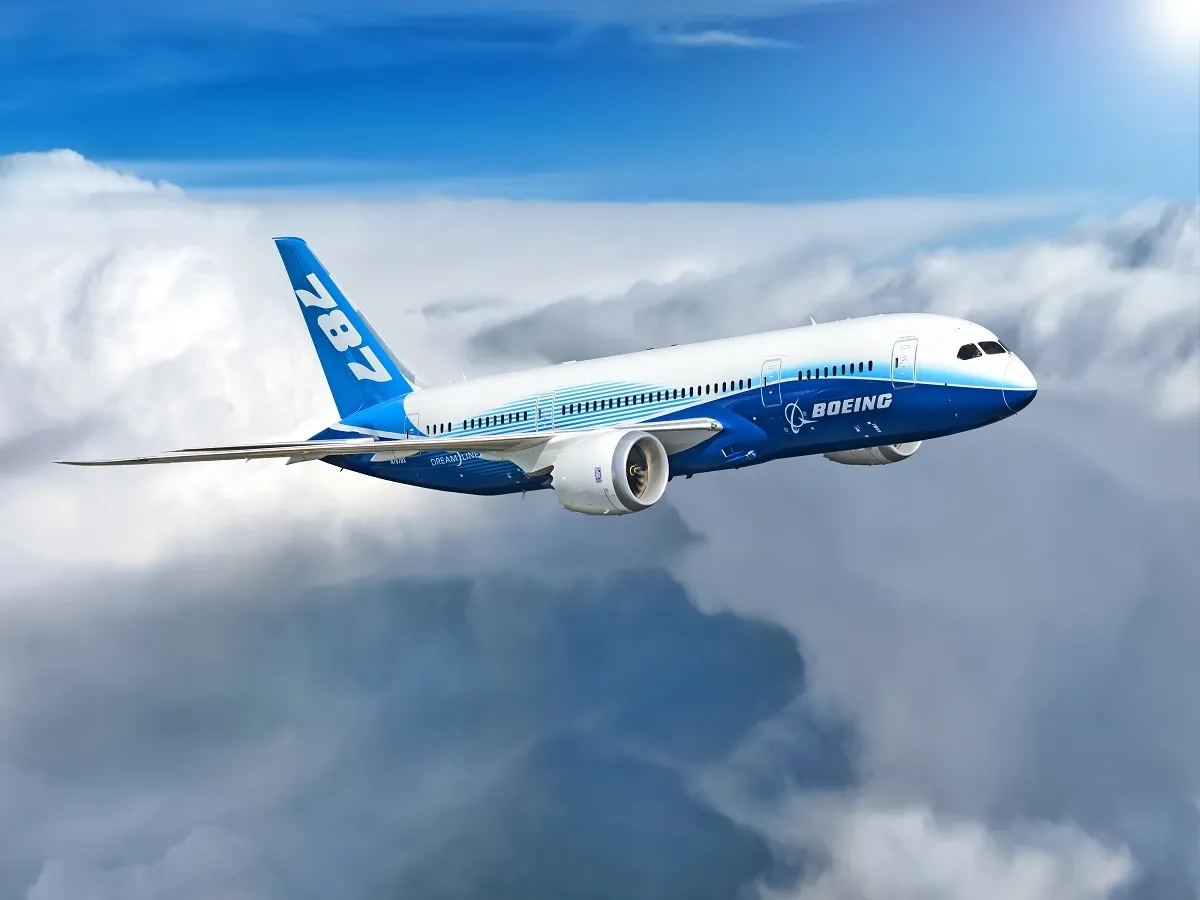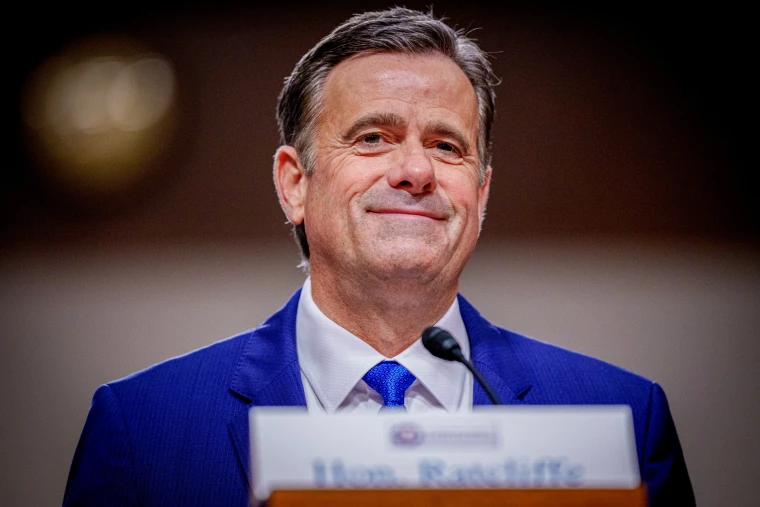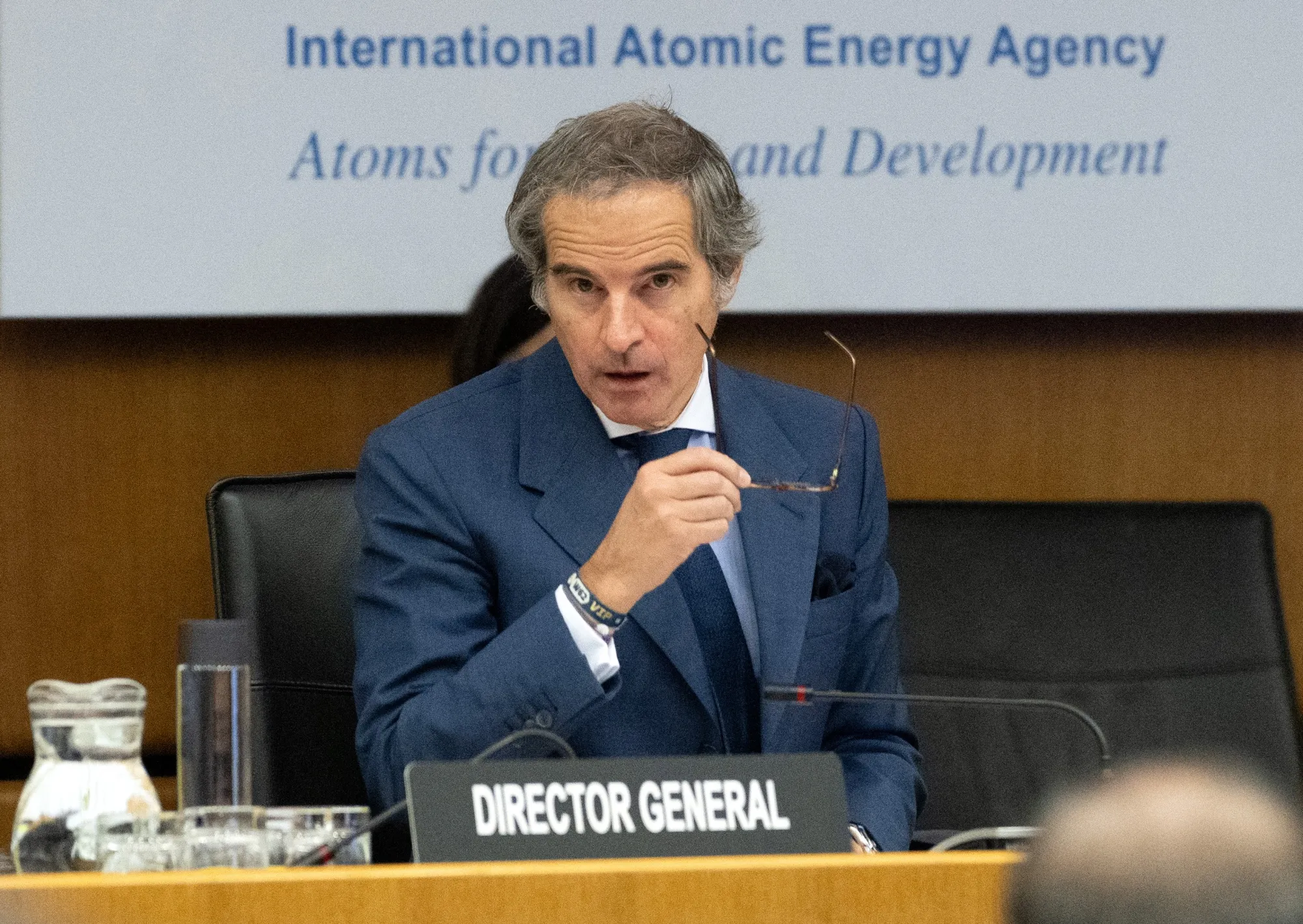Boeing 787's Technical Brilliance Under Scrutiny After Deadly Crash in India
A deadly plane crash in Indian airspace has once again brought global attention to the Boeing 787 "Dreamliner," a model once hailed as a symbol of cutting-edge aviation technology. Experts are now calling the catastrophic outcome of this latest incident unprecedented for a jet of its kind.
Boeing 787's Technical Brilliance Under Scrutiny After Deadly Crash in India
Boeing 787's Technical Brilliance Under Scrutiny After Deadly Crash in India
New Delhi, June 14, 2025
A deadly plane crash in Indian airspace has once again brought global attention to the Boeing 787 "Dreamliner," a model once hailed as a symbol of cutting-edge aviation technology. Experts are now calling the catastrophic outcome of this latest incident unprecedented for a jet of its kind.
The aircraft involved in the Air India crash was part of the Boeing 787 series. Once considered unparalleled in terms of safety, the model is now facing serious questions.
A Technological Milestone—But Is Safety in Doubt?
First launched in 2009, the Dreamliner was dubbed “the technology of the future.” Just six weeks ago, Boeing proudly announced that more than 1,175 Dreamliners had carried over one billion passengers on more than five million flights, totaling over 30 million hours in the air.
Despite this impressive record, the recent crash has reignited serious safety concerns—especially at a time when Boeing is already under intense scrutiny over multiple crashes and technical flaws in its 737 MAX series.
A New Challenge for Boeing
This crash presents a major challenge for Boeing’s new CEO, Kelly Ortberg. Upon taking charge, Ortberg had vowed to address Boeing’s longstanding safety issues. But such an incident now raises questions about his leadership and the effectiveness of recent reforms.
Experts point out that concerns over the Rolls-Royce Trent 1000 engines used in the 787 have existed for years. Cracked fan blades, corrosion, excessive vibration, and overheating have previously forced airlines like ANA, British Airways, and Air New Zealand to ground their Dreamliners temporarily.
Pilot Error? Preliminary Analysis Suggests So
An experienced Indian pilot provided an early assessment, stressing that flight data recorder (FDR) and cockpit voice recorder (CVR) data will be critical to the investigation. However, based on available video footage and eyewitness reports, he suspects pilot error during takeoff.
“The engines were functioning, yet the aircraft rapidly lost altitude. What appears to have happened is that the co-pilot may have mistakenly retracted the flaps too early,” he said.
Flaps are critical for generating additional lift, especially during takeoff and landing. Retracting them prematurely reduces lift capacity, which can cause the aircraft to stall.
He added:
“Trainee pilots often hesitate to challenge the decisions of senior captains. That may have played a role here as well. But a conclusive judgment will only be possible after black box data is thoroughly analyzed.”









